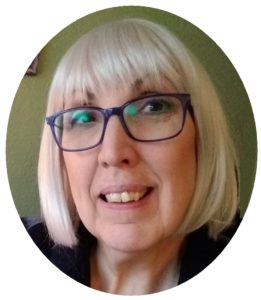Apparel for Authors: Marcelle Heath Interviews Me
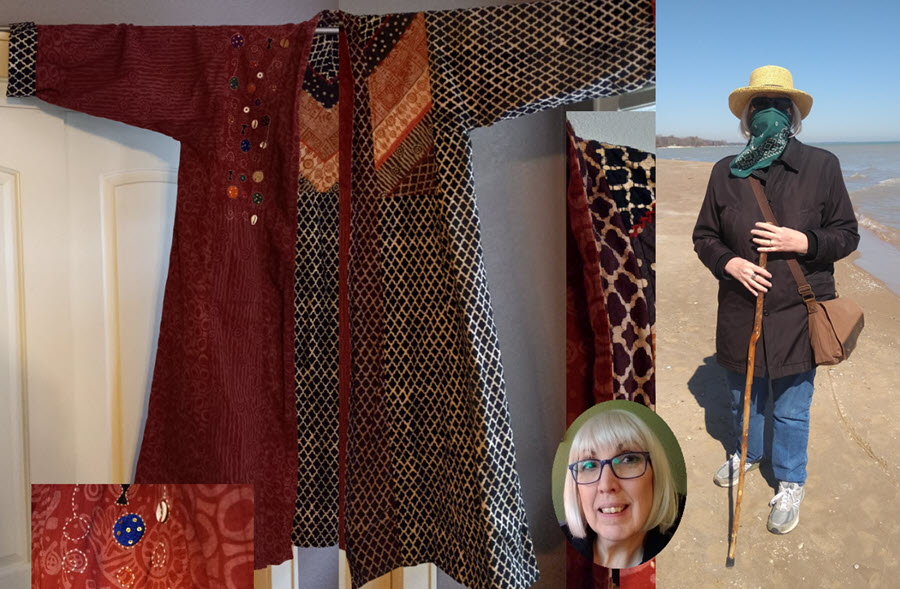
“I am very conscious of the role of dress in creating my characters and in how storytelling can manifest itself via what and how characters wear clothing and/or present themselves.”
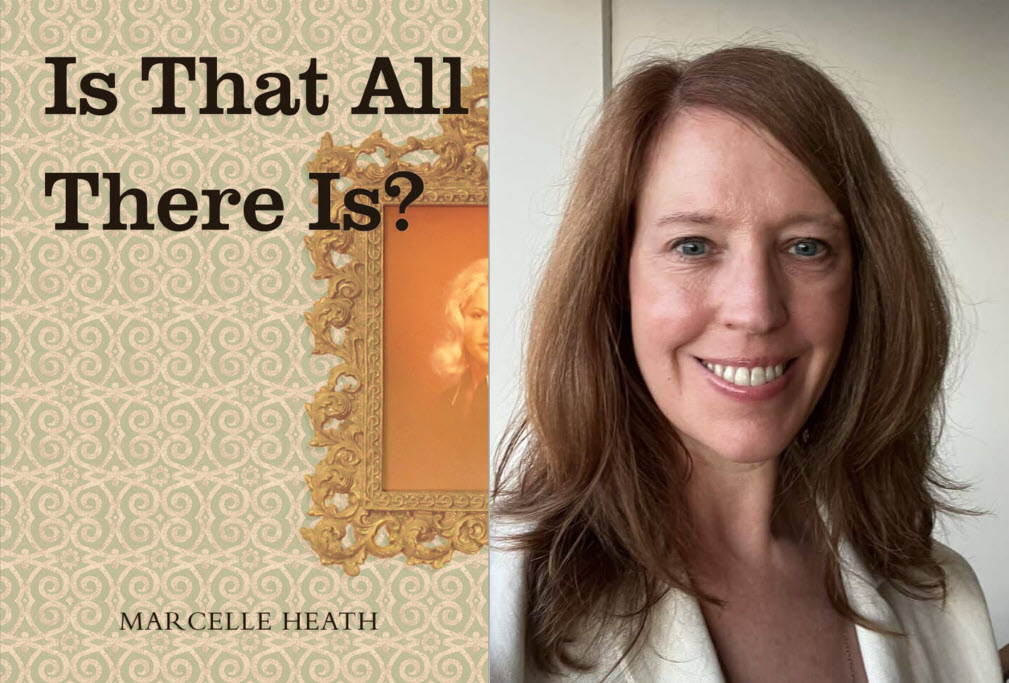 Author Marcelle Heath is the author of the recent Is That All There Is? (2022), a collection of short stories. [1] Her writing is rich, evocative, and well-crafted, her eye for detail, personality, and the dynamics of human interaction finely tuned.
Author Marcelle Heath is the author of the recent Is That All There Is? (2022), a collection of short stories. [1] Her writing is rich, evocative, and well-crafted, her eye for detail, personality, and the dynamics of human interaction finely tuned.
Marcelle and I share a fascination with how people self-identify and self-express with dress; with the whole notion of clothing as an extension of self but also a product of creativity. She is the creator/curator of Apparel for Authors on Instagram, a visual/text interview series on writers, fashion, and the public sphere. [2] Recently she interviewed me and graciously gave permission for me to reprint that interview.
Her original IG version can be seen here: Part 1 | Part 2 | Part 3 | Part 4
How is clothing a reflection of you and/or your work?
When I write I wear whatever is loose and comfortable as I often work for long stretches. What I imagine myself wearing is rather different, however. It might be a banyan (18th-century men’s house robe) over an open-neck cotton shirt, waistcoat and walking skirt, or hakama (Japanese pleated, skirt-like trousers) with a linen shirt. I have patterns and fabric for these and hope to make them up this winter. When I attend a social or more formal event, I usually wear a modernish frock coat with a button-down shirt and jeans or layers of skirts with a long tunic or artist’s coat.
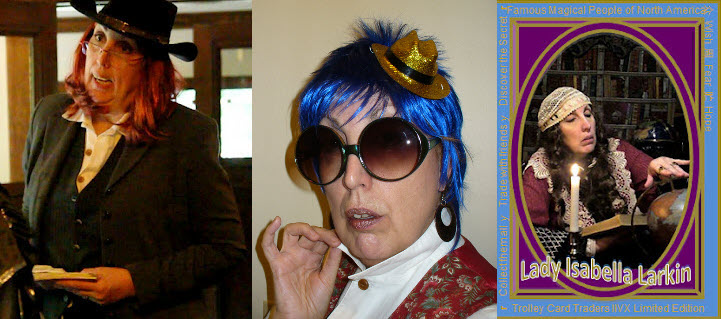
Do you write about clothing?
I am very conscious of the role of dress in creating my characters and in how storytelling can manifest itself via what and how characters wear clothing and/or present themselves. In my academic mystery WIP, characters usually don’t talk about dress explicitly but they are aware of clothing as an expression/extension of who they are. I include accessories and hairstyle in the notion of dress. And I need to see my characters move in order to write them. Clothing—color, fabric, how it fits (or doesn’t), how it drapes and moves—is an aspect of that.
The notion of creative play deeply informs and enhances all of my writing. I typically make props or costumes to accompany my writing and other imagination projects. In another universe altogether I write Dante’s Wardrobe, an artist’s blog I started in 2010. It includes clothing-related posts, some of which have to do with theatrical events, character creation, or my fictional character correspondences. Two examples: The Red Death Comes to the Midwest and A Costumed Affair.
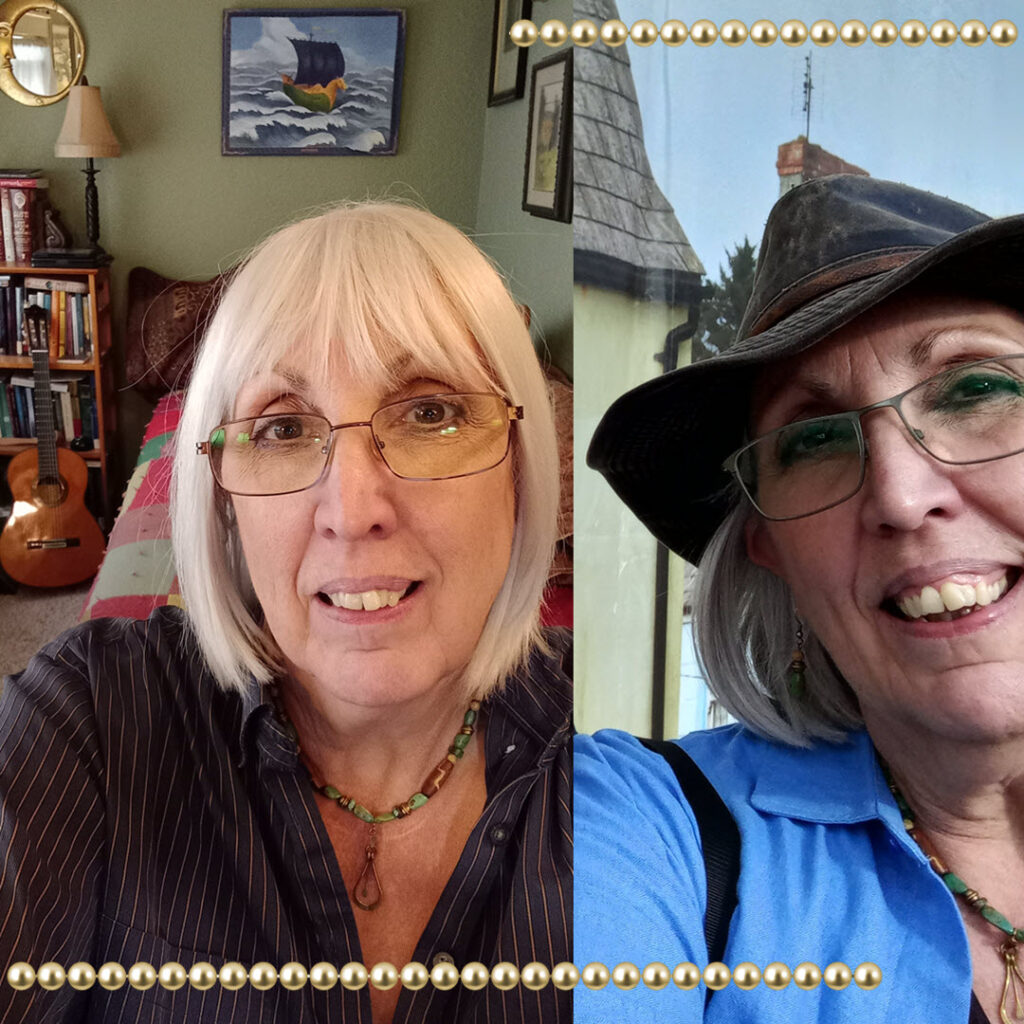
What did you wear for your author photo?
(Left) I am wearing my current favorite, a dark blue cotton man’s shirt with narrow gold stripes that I found at a thrift shop. The necklace was made by my sister using beads I collected. The pendant is something I found on the sidewalk. (Right) I have on a sky-blue linen tunic and waxed canvas hat, the band for which is a thrifted, thin leather belt cut to fit. Same necklace with matching earrings. I often wear different eyeglasses. And I am wearing a wig in both (I have partial alopecia).
What accessories do you wear?
Rings, many at a time, funky brooches, and artsy earrings. I prefer jewelry of sterling silver or stainless steel though I do have a few antique gold pins and rings that were given to me or I found in antique shops. As with my clothing, I want my accessories to have stories attached to them. Diamonds don’t appeal. I like color and they have none. I favor garnets and gemstones like jade, onyx, and lapis.
I’ve also sewn some caps out of fabrics I’ve recycled from various projects. I wear them when I write to keep my head warm.
Do you have a favorite art work/artist that depicts dress in their work?
The design lines of clothing from the Western Edwardian era, male and female, really appeal to me. There is an ease and elegance there. I like the rich colors and textures of medieval fabrics. Frida Kahlo is a favorite for her sheer exuberance. I keep a small collection of books on clothing and design. Favorites include Art to Wear by Julie Schafler Dale [3], UnFashion by Tibor Kalman [4], and Alexander McQueen: Savage Beauty by Andrew Bolton. [5] And I like to follow artists and historians or persons of dress, fashion, costume design, and clothing creation on social media.
Such as these persons on Instagram:
![]()
Left to Right: Emma Capponi | John Armstrong | Julia Bennet | VELES | Kate Strasdin
How does your identity intersect with the way you dress?
As long as I can remember I’ve regarded myself as simply am and have always thought/felt that. This sense of identity changes, sometimes from day to day, even morning to afternoon. I dress as it pleases me. I favor more masculine lines these days though I have some winter sewing projects lined up that are more feminine in appearance. Either way, I combine notions and tend not to see garb in purely binary terms; rather, it’s a matter of line, texture, and color.
Right now I am most comfortable wearing men’s dress shirts with jeans and a fitted waistcoat. Menswear fits my shoulders and I like the clean lines and durability of jeans. Waistcoats complete the look, are just so damn cool and sexy as hell. I like the artistic potential of the Japanese haori and have a stash on my project table of colorful cotton prints, denims, dark earth-toned men’s deadstock wool suiting, and slubbed silks along with Folkwear’s haori pattern.
What considerations do you make when purchasing clothing?
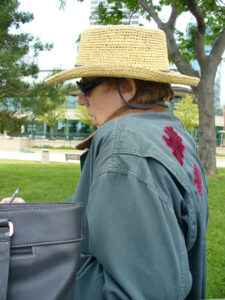 I rarely purchase clothing new. I like garb that has a story, preferably a long and involved story. Most of what I wear is thrifted, hand-me-overs from siblings, sewn by me, or something I made or acquired 20 or 30 years ago. There were no such things as Tall Shops when I grew up, Even now most store-sold clothing designed for women is unappealing: the garments are often poorly made and their design is generic and assumes gender roles for the wearer. Big and tall men’s stores often have better made products but the overt modern “guy-ness” of the designs is boring for me.
I rarely purchase clothing new. I like garb that has a story, preferably a long and involved story. Most of what I wear is thrifted, hand-me-overs from siblings, sewn by me, or something I made or acquired 20 or 30 years ago. There were no such things as Tall Shops when I grew up, Even now most store-sold clothing designed for women is unappealing: the garments are often poorly made and their design is generic and assumes gender roles for the wearer. Big and tall men’s stores often have better made products but the overt modern “guy-ness” of the designs is boring for me.
I grew up in a family of 12 where our average height (men and women) is around 6’4”. Out of financial necessity, but also artistic preference, we all thrifted. And everyone sewed, even the gents. One of my brothers once sewed himself a camping tent when he couldn’t find one to accommodate his 6′ 8″ self.
How do you respond to dominant expectations of beauty?
I have never fit the mold. I was 5’10” when I was ten years old, 6’2” when I was twelve, and nearly 6’4” by twenty. I was athletic and had a little bit of beauty when younger though that has changed into an only occasional handsomeness.
What I do respond to is how others manifest themselves in terms of personal style and their own sense of body and appearance. I am not a follower of fashion per se but as a one time theater major, artist, historian, and writer, I am fascinated by clothing as art and as a self-making and self-identifying activity. People who grok that intrigue me, as much for their mindset about it as for the clothing they make, design, or wear.
AUTHOR BIO
J.A. Jablonski has been a university professor and researcher, academic and special librarian, information technology consultant, writing instructor, technical writer, book and database indexer as well as a graphic designer, award-winning display window and exhibits designer, fictional letter writer, live-action role playing actor and theater designer, sewist, and occasional poet. Jude’s current incarnation is fiction writer; they write in three different genres (mystery, speculative SF, and magical realism) while trying to still keep one foot in the academic scene by researching material culture in utopian fiction. Their pronouns are she/her/them/they; their honorifics are Dr/Ms/Mx.
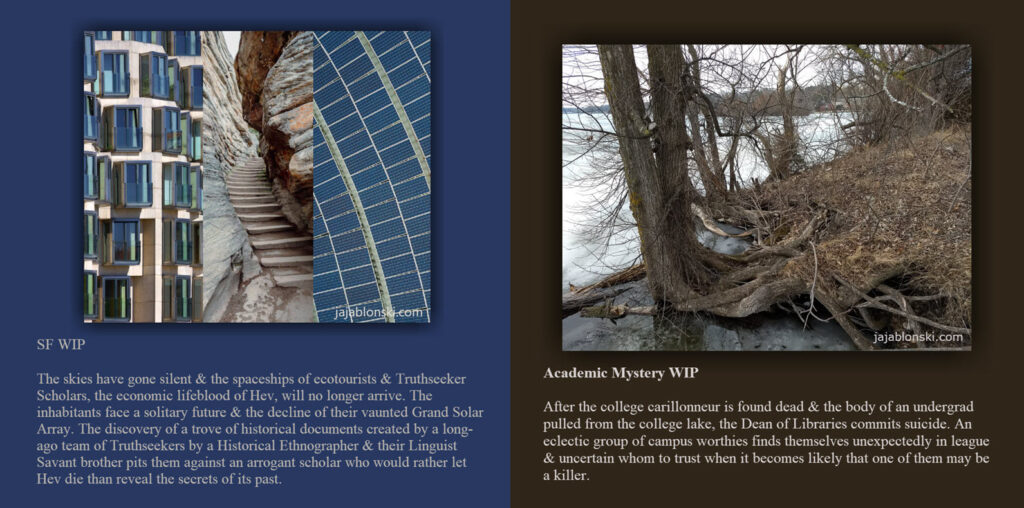
(Alt-Text note: Text on these images is included in Image Credits section below.)
Jude’s current projects include a character-driven, ensemble cast academic mystery series set on a small college campus located in the Driftless Region of Wisconsin; an SF novel about competing factions of socio-anthropologists; a collection of stories, poems, and illustrations on the nature of the Muse; and a magical realism tale about a synesthesic young person who meets a one-eyed peer with unusual abilities.
If you have a question or comment for me, drop me a line via my Contact page.
© J.A. Jablonski 2022. All rights reserved.
How to cite this post
Jablonski, J.A. (2022, Nov 1). Apparel for Authors: Marcelle Heath Interviews Me. Blog post. J.A. Jablonski (website).
https://jajablonski.com/2022/11/01/apparel-for-authors-interviews-me/
IMAGE CREDITS
Header image | All images by J.A. Jablonski
Marcelle Heath. From the Literary Arts website.
J.A. Jablonski as 3 LARP actors. Images by J.A. Jablonski.
J.A. Jablonski author images. Images by J.A. Jablonski.
Row of handmade cotton caps & one antique crocheted cap. Hand wearing silver & stainless steal rings. Images by J.A. Jablonski.
Instagram avatar images of Emma Capponi | John Armstrong | Julia Bennet | VELES, | Kate Strasdin. (As of October 2022).
Profile shot of J.A. Jablonski in straw hat & green canvas jacket with oak leaf appliques. Image by Bob Wait.
Triptych images: Glass windows of tall residential building, stone stairs carved into stone walls, a large solar array. Below is text describing J.A. Jablonski’s speculative fiction novel.
Text reads: “SF WIP. The skies have gone silent & the spaceships of ecotourists & Truthseeker Scholars, the economic lifeblood of Hev, will no longer arrive. The inhabitants face a solitary future & the decline of their vaunted Grand Solar Array. The discovery of a trove of historical documents created by a long-ago team of Truthseekers by a Historical Ethnographer & their Linguist Savant brother pits them against an arrogant scholar who would rather let Hev die than reveal the secrets of its past.”
Photo of leafless tree on edge of frozen lake. Image by J.A. Jablonski. Below is text describing Bk. 1 of J.A. Jablonski’s first academic mystery.
Text reads: “Academic Mystery WIP. After the college carillonneur is found dead & the body of an undergrad pulled from the college lake, the Dean of Libraries commits suicide. An eclectic group of campus worthies finds themselves unexpectedly in league & uncertain whom to trust when it becomes likely that one them may be a killer.”
SOURCES & NOTES
Disclaimer: As a Bookshop Affiliate (US only) I will earn a commission if you click through on a book title I’ve linked to and make a purchase.
[1] Heath, Marcelle. (2022). Is That All There Is? AWST Press.
(Heath includes some of her short stories on her website here.)
[2] Marcelle Heath’s Apparel for Authors Instagram page.
[3] Dale, Julia Schafler. (1986). Art to Wear. Abbeville Press.
[4] Kalman, Tibor & Maira Kalman. (2000). (un)Fashion. Harry N. Abrams.
[5] Bolton, Andrew. (2011). Alexander McQueen: Savage Beauty. Metropolitan Museum of Art New York.

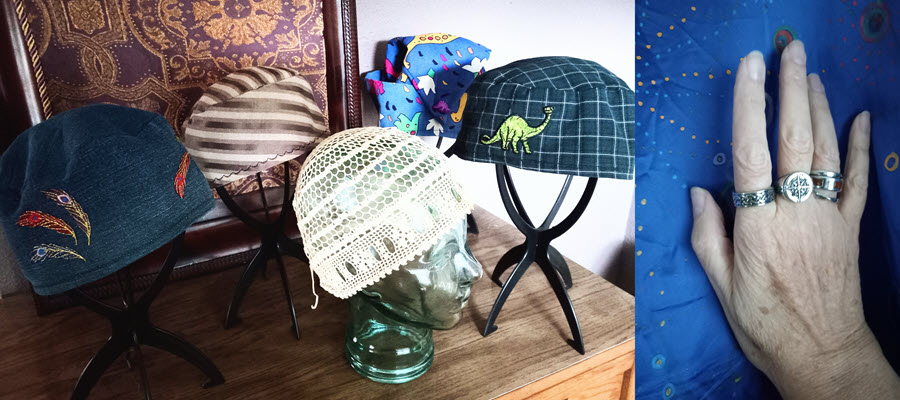

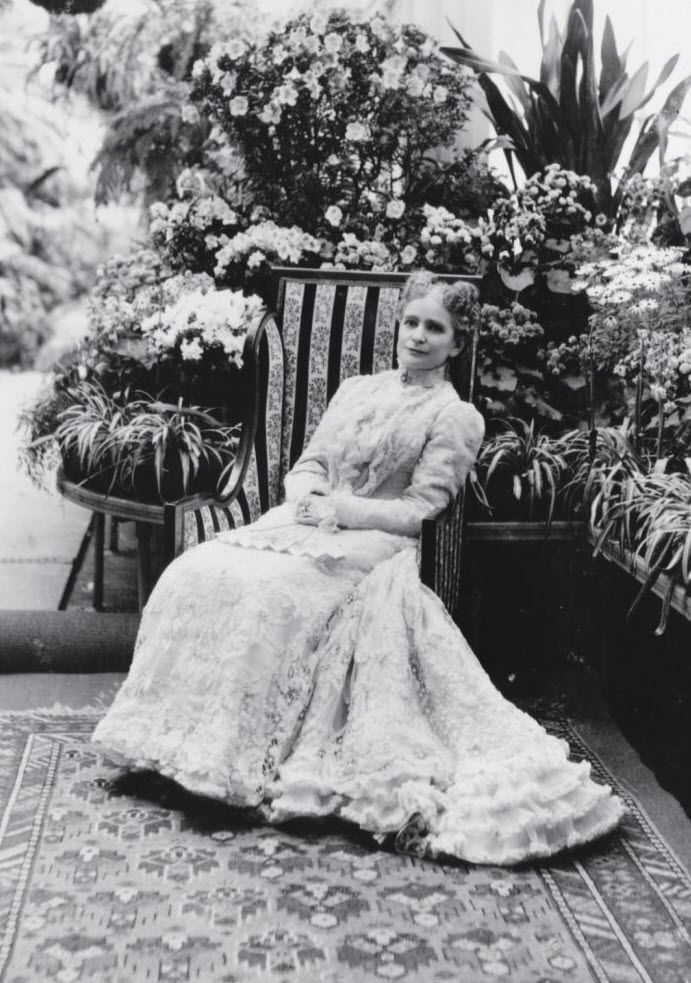

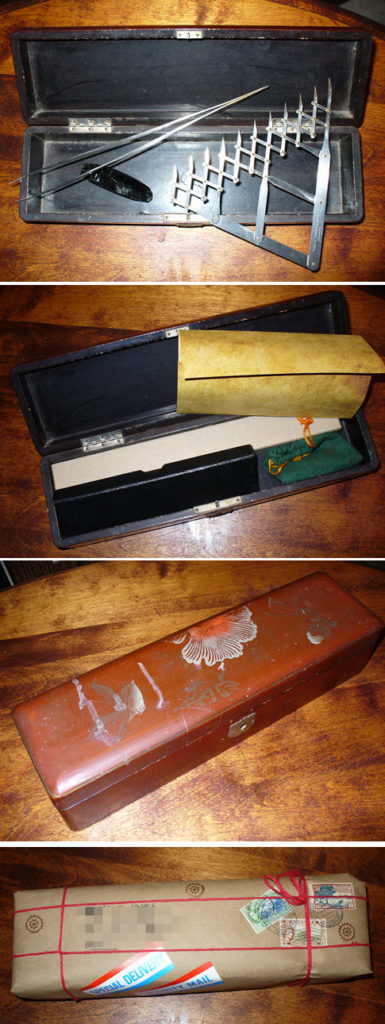
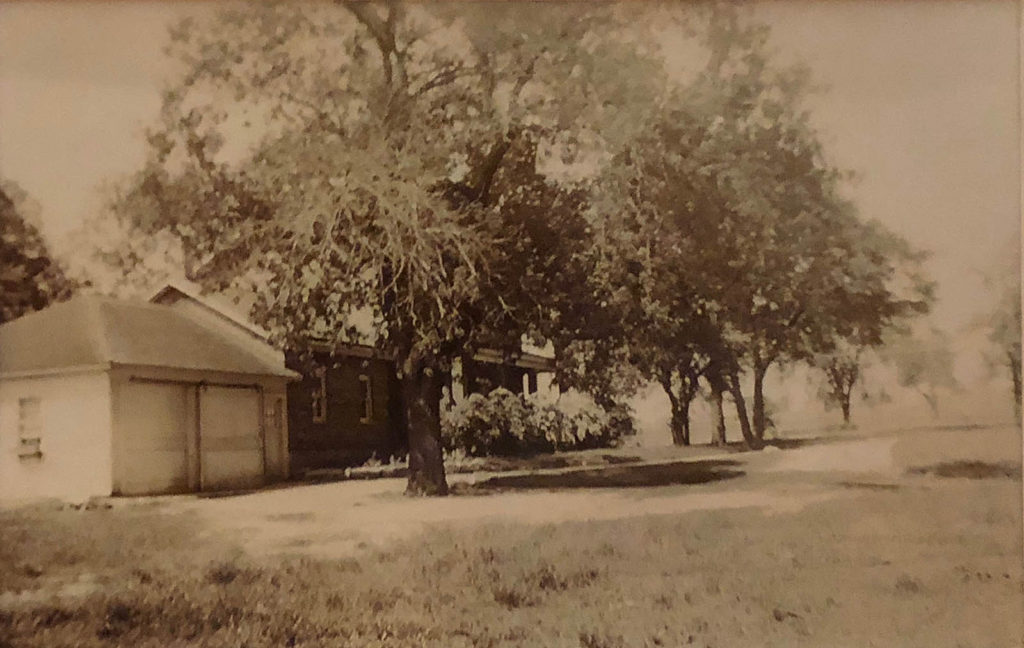

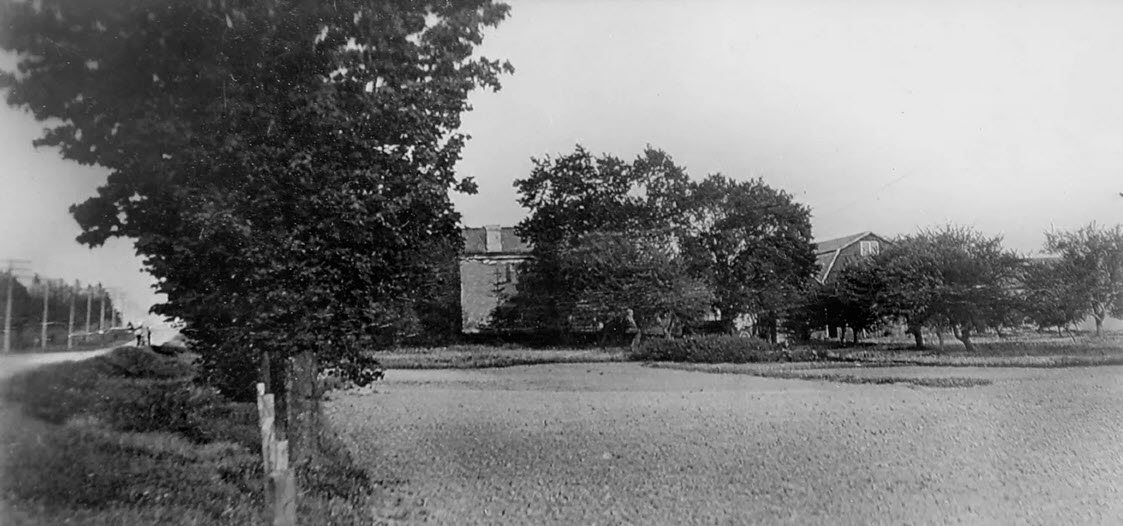
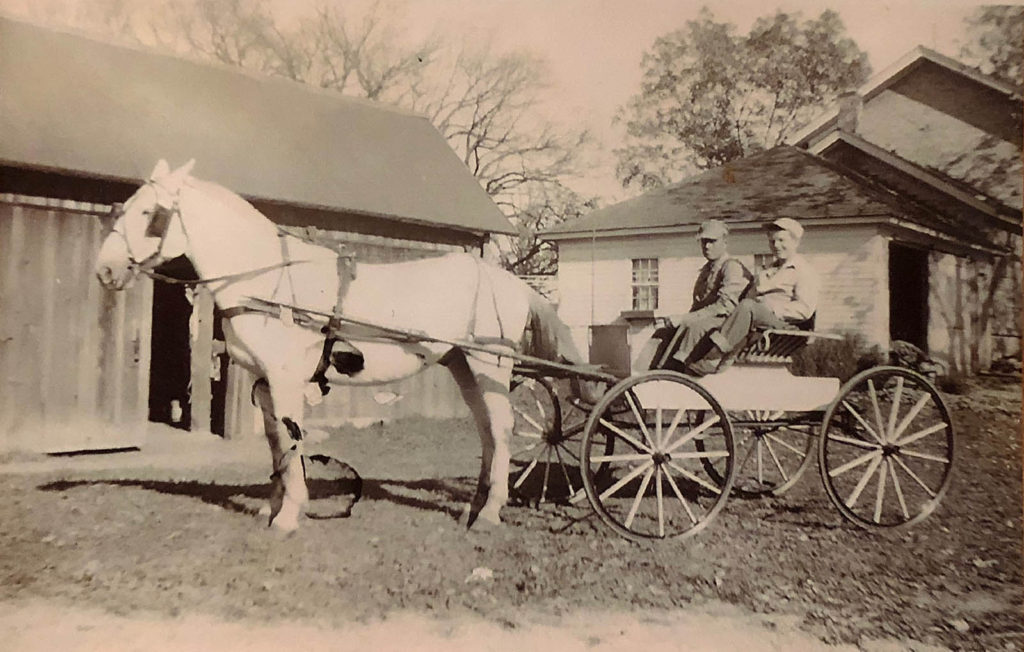

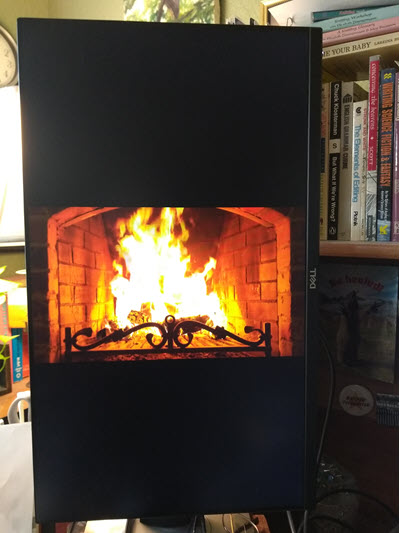 In this time of intense social media bombardment, of frantic and dangerous world events, of private personal and familial concerns, letting one’s mind simply go is not an easy thing. I try to turn away from social media at least twice a week. And by away I mean just that. It’s not easy since I am sitting at my desk with my several work monitors; which is why I can only manage it twice a week! I do much of my writing research online. But I force myself to do it—not open any new tabs on my laptop, shut down my phone. Sometimes it takes me several times to get myself to do this.
In this time of intense social media bombardment, of frantic and dangerous world events, of private personal and familial concerns, letting one’s mind simply go is not an easy thing. I try to turn away from social media at least twice a week. And by away I mean just that. It’s not easy since I am sitting at my desk with my several work monitors; which is why I can only manage it twice a week! I do much of my writing research online. But I force myself to do it—not open any new tabs on my laptop, shut down my phone. Sometimes it takes me several times to get myself to do this.